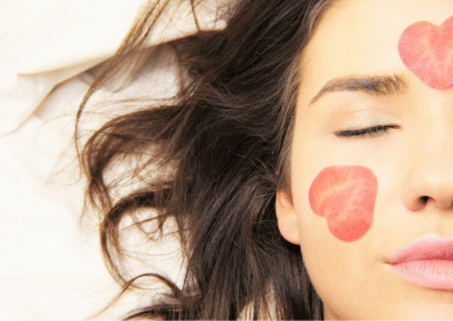The first step in selecting the right skin solutions starts with determining your skin type. Determining your skin type before selecting skincare products is the best way to get the most effective formulas for your individual skin concerns.
Although everyone's skin is unique, there are six primary skin types; Oily, Normal, Combination, Dry and Sensitive, Acne Prone. Understanding your skin may help you find the right solutions to help achieve all your skincare goals.
Arvelon's Guide to Skin Types:
Oily Skin: refers to skin that has excess oil, most commonly throughout the t-zone area of the face (forehead, nose, and chin). Oily skin is often shiny, appears greasy and is prone to blemishes and breakouts, and also has enlarged pores. (Discover: Clarifying Cleanser, Clarifying Clay Mask, Clarifying Microfoliant Scrub, Clarifying Creme )
Dry Skin: is generally rough, flaky, dry, and appears dehydrated and dull. (Discover: Nourishing Scrub, Nourishing Cleanser, Hydra-Gel Mask, Nourishing Cream, Advanced Glow Cream)
 Normal Skin: is well balanced- not too oily or too dry. Those with normal skin are not typically prone to breakouts and tends to have a balanced t-zone. (Discover: Nourishing Cleanser, Flawless Glow Facewash, Advanced Glow Cream, Hydra-GelMask, Flawless Glow Clay Mask)
Normal Skin: is well balanced- not too oily or too dry. Those with normal skin are not typically prone to breakouts and tends to have a balanced t-zone. (Discover: Nourishing Cleanser, Flawless Glow Facewash, Advanced Glow Cream, Hydra-GelMask, Flawless Glow Clay Mask)
Combination Skin: has areas that are both dry & oily. For example, skin is typically shiny on the t-zone area and dry around the cheeks. (Discover: Flawless Glow Facewash, Nourishing Cleanser, Flawless Glow Clay Mask, Flawless Glow Scrub, Flawless Glow Cream)
Sensitive Skin: varies widely from person-to-person but is often characterized by redness & dryness. Sensitive skin may not always show visible signs but may feel tender or irritated. (Discover: Nourishing Facewash, Nourishing Cleanser, Nourishing Cream, Nourishing Hydra-Gel Mask)
Acne-Prone: irritated and blemished skin with under-the-skin whiteheads, visible congestion, and active pimples/acne. (Discover: Clarifying Cleanser, Acne Solution, Clarifying Clay Mask, Clarifying Microfoliant Scrub, Clarifying Creme))
How to test your skin:
The Blotting- Test- One way to test your skin type at home is to press a single-ply tissue paper on various parts of your face after an hour of washing is with a mild facewash. Hold it up to light and observe how much oil is transferred onto the tissue. Your skin type will generally be dependent on how much oil is visible, meaning the more oil on the paper, the more likely you have oily skin. If there is little to no oil visible, you most likely have dry skin. If the blotted tissue reveals minimal oil from your forehead and nose, your skin is probably normal or combination.